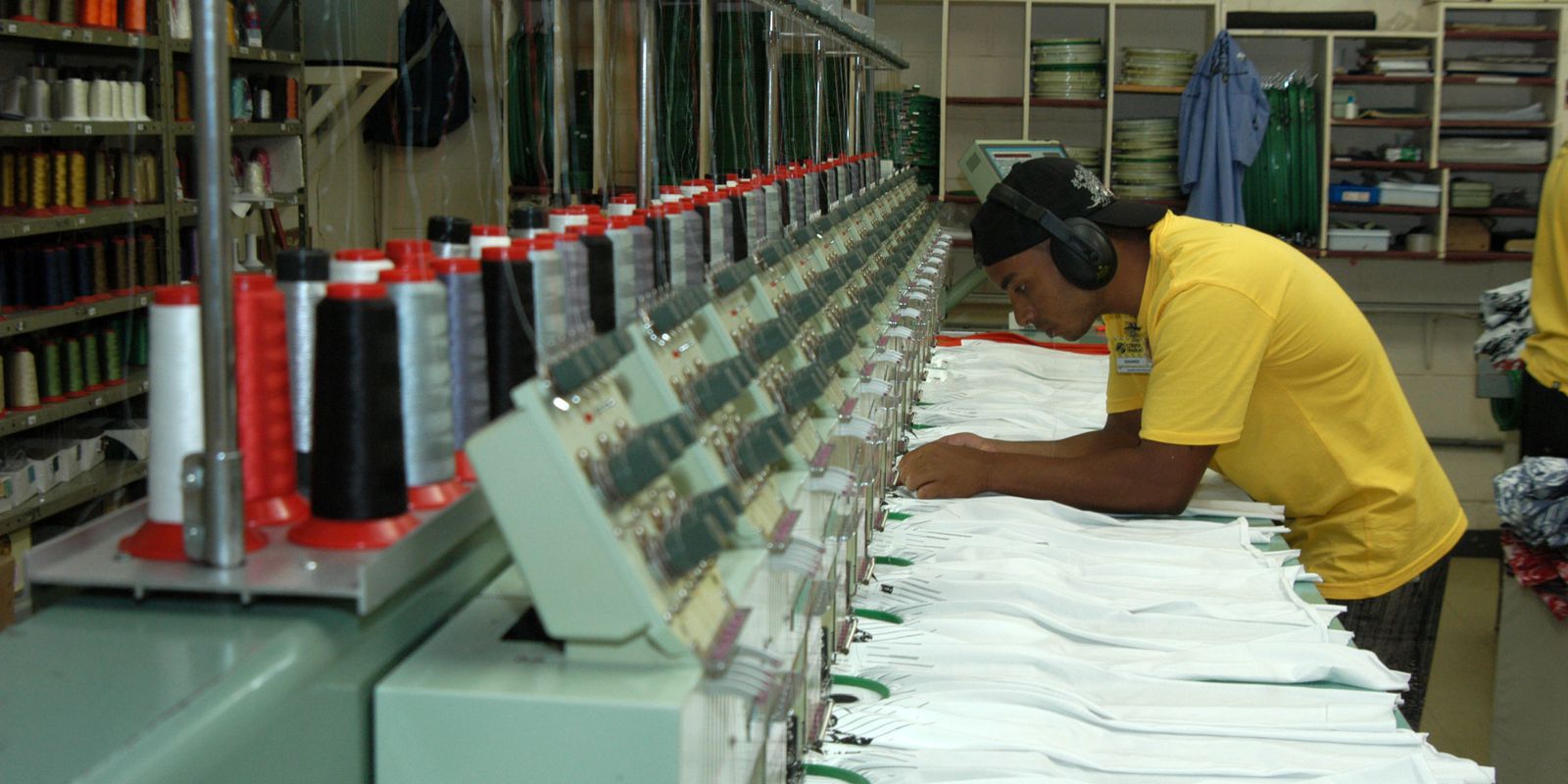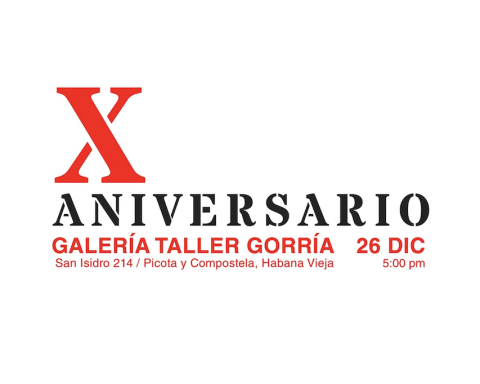The Brazilian industry recorded growth in employment, revenue and use of installed capacity in 2021. The National Confederation of Industry, however, highlights that the good result has, as a basis for comparison, 2020, an atypical year with “excessively weak performance” as a result of the pandemic.
“Despite the progress seen in the annual comparison, there is a deceleration in the pace of employment growth, a downward trend in billings and in the use of installed capacity in the second half of 2021”, details the CNI through the Industrial Indicators survey, released today (4 ).
The indicators show a 3.7% increase in industry revenues in 2021, compared to 2020. In December, however, this indicator showed a drop of 0.3% in the series without seasonal effects. “This increase is due to the high level at which billing started the year, since the indicator registered successive drops over the months”, explains the CNI.
According to the survey, in December 2021, sales were 7.5% lower than in the same month of 2020. In the accumulated result for 2021, sales were 5% lower than in February 2020, before the arrival of the Covid-19 pandemic to the country, the study details.
Also according to the Industrial Indicators, the real wage bill and especially the real average income, pressured by inflation, continued to fall for most of 2021.
The indicators released today close the data obtained throughout 2021. The survey reveals that the points that contributed to the decline in the second half go beyond the effects of the persistence of the covid-19 pandemic, also covering “the breakdown of supply chains, that contribute to the recovery not being complete and to maintaining the context of uncertainty and high costs in the transformation industry”.
“The result is the closing of the year 2021. In comparison, we have positive results compared to 2020. But it is necessary to remember that 2020 was a very difficult year for the industry, which practically stopped for two months during that year, due to the pandemic. So this comparison is made on a very low basis”, summarizes CNI’s economic analysis manager, Marcelo Azevedo.
Capacity installed
Installed Capacity Utilization (UCI) dropped 0.6 percentage point from November to December 2021. Based on December 2020 comparison, the recorded decrease is 0.7 percentage point.
The CNI recalls that, in June 2021, this indicator reached the level of 82.3%, “the highest point since 2014”. However, it ended up entering a “downward trend in the second half, ending the year at 79.6% in December”.
Salary mass and average income
The salary mass paid by the industrial sector fell by 1.2% in December, in comparison with November, in the seasonally adjusted series. In the year, based on the average recorded in 2020, the item recorded an increase of 0.7%.
“This increase, however, is due to the strong drop observed in 2020 and the increase that was concentrated in the first half of 2021. In December 2021, the salary mass is 1.2% below the December 2020 index and 4 .8% below that registered in February 2020”, explains the CNI.
The average real income of the worker maintained the “falling trend”, says the survey, by registering a decrease of 1.4% from November to December 2021, in the series free of seasonal effects. In comparison with the average recorded in 2020, the registered drop is 3.2%
“The fall in average income caused by the covid-19 pandemic in 2020 was followed by a recovery, verified until September, but which was later eroded over the months”, says the survey, noting that the level observed in December “is close to – just 1.4% above – the most critical point of the pandemic of May 2020.”
Comparing December 2021 with the same month in 2020, the observed decline is -4.7%.
Hours worked and employment
The indicator referring to “hours worked in production” increased by 3.3% in December, accumulating an increase of 9.4% compared to 2020.
The volume of hours worked fell during the first half of the year, but again recorded consistent increases in the last three months of the year. Thus, the comparison between December 2021 and the same month of 2020 indicates an increase of 1.4%.
“It is worth noting that the December level is higher than that recorded before the pandemic: in comparison with February 2020, hours worked in production increased by 4.3%”, he adds.
Industrial employment was stable in December, but ended 2021 with an increase of 4.1% compared to the previous year. According to CNI, growth occurred “essentially in the first half of the year”.
The second semester was marked by stability. Between January and June, the employment index rose 3.2%. Between July and December, the advance was 0.5%. Based on December 2020, the last month of 2021 showed a growth of 3.6%.
December
“The December result was negative for many variables. It consolidates what we have been noticing in the last indicators, of a slowdown in industrial activity in the second half of the year. The year had started well for the industry, but it was losing strength. This intensified in the second half of the year, consolidating now with this December result, with an acceleration of the downward trend in revenue and the use of installed capacity. The employment that had been growing in the first half of the year stopped growing, consolidating this scenario”, concludes the CNI manager.
















